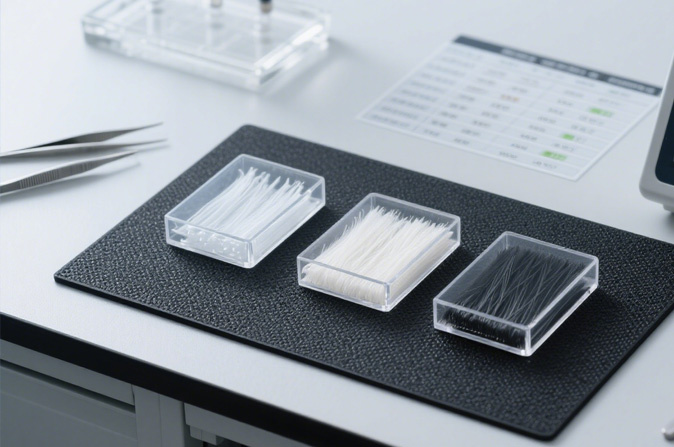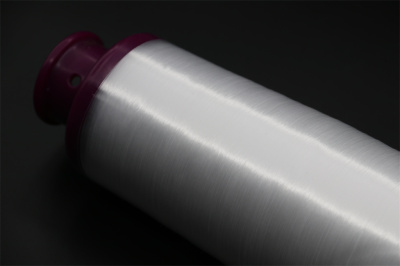
The Perfect Combination of Flexibility and Strength – Quartz Fiber
2025-10-29 14:11
The Perfect Combination of Flexibility and Strength – Quartz Fiber
Quartz fiber is an inorganic fiber manufactured through a special melting and drawing process using high-purity silica. With a long-term operating temperature of 1050°C and an extremely low coefficient of thermal expansion, it remains crack-resistant even when subjected to sudden heating or cooling.
It combines steel-like strength with silk-like flexibility. Its unique chemical inertness grants it resistance to acid and alkali corrosion, while its excellent insulation and wave-transparent properties make it a core material in high-end fields such as aerospace and electronic communications. This "glass fiber filament," ten times finer than a human hair, relies on its exceptional stability to support breakthroughs in modern technology within the microscopic world unseen by the naked eye.

I. Chemical Properties
In terms of chemical properties, quartz fiber is inert to liquid and gaseous hydrogen halides (except hydrofluoric acid and hot phosphoric acid), common acids, and weak alkalis.
It is also insoluble in water and organic solvents. However, it is not resistant to strong alkalis and is unsuitable for applications in strong alkaline media.
II. Mechanical Properties
Due to minimal surface defects and optimized process parameters like forming temperature, quartz fiber possesses very high tensile strength—approximately 76.47% higher than E-glass fiber.
In contrast, high-silica glass fiber contains numerous micro-defects, micro-cracks, and micro-stresses due to its manufacturing process, resulting in a fracture strength only one-fifth that of quartz fiber.

III. Dielectric Properties
Quartz fiber exhibits excellent dielectric properties. Its stable dielectric performance under high-frequency and high-temperature conditions is unmatched by other inorganic fibers, making it an ideal material for high-frequency and high-insulation application scenarios.

IV. Thermal Properties
Quartz fiber has a very high silica content. It neither melts nor evaporates when heated up to 1649°C, with a long-term use temperature of 1050°C. It also boasts outstanding thermal shock resistance; for instance, when heated to 1093°C and then rapidly quenched in water, its physical form remains entirely unchanged.








